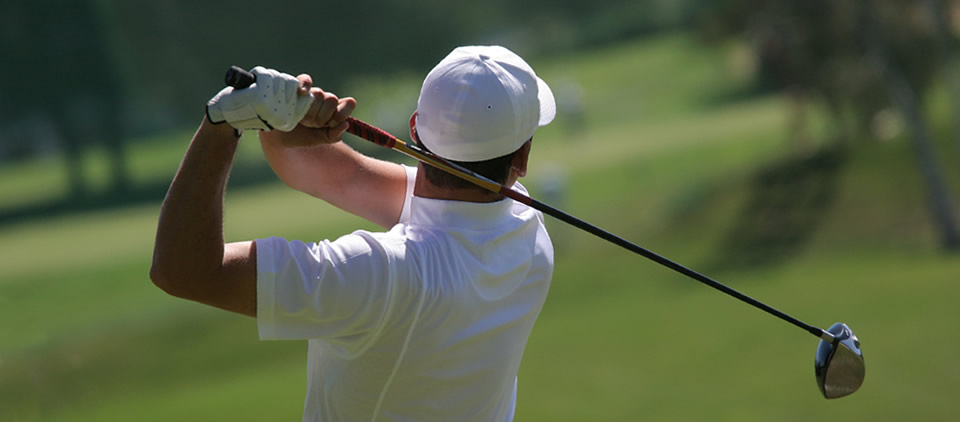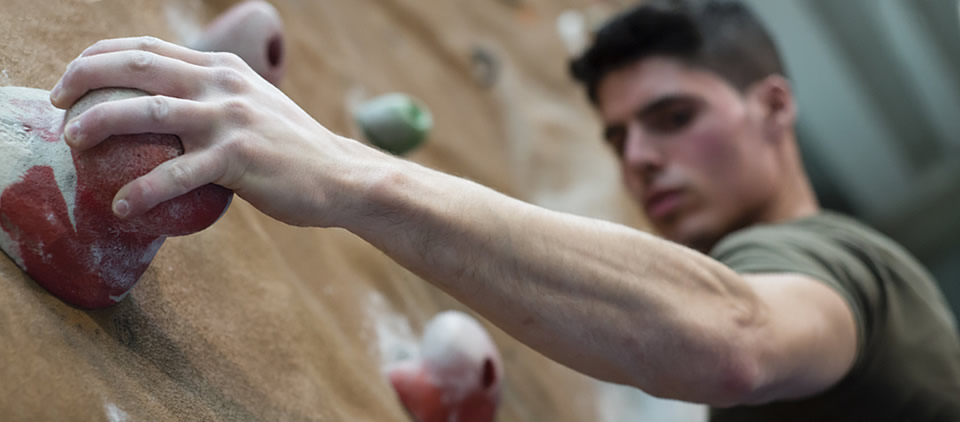Rotator cuff tear
The rotator cuff consists of four muscles which play an important role in stability of the glenohumeral joint (shoulder) and movement of the shoulder.
The four muscles are:
- Supraspinatus
- Infraspinatus
- Subscapularis
- Teres minor
The rotator cuff muscles can be torn acutely or chronically.
Acute rotator cuff tears can occur following low energy and high energy trauma and may occur in association with an anterior dislocation of the humeral head.
Chronic rotator cuff tears occur when the tendons of the rotator cuff degenerate with time and subsequently undergo chronic attrition and tear.
Chronic rotator cuff tears are common, with 50% of the population expected to have evidence of rotator cuff tears on imaging.
Signs and symptoms
Rotator cuff tears may present with acute pain and weakness of shoulder movement.
In some more chronic cases there may be fatigue felt in the shoulder with a pain radiating down the arm with activities such as holding a newspaper or coffee cup for a long time.
Muscle wasting around the shoulder may occur with longstanding chronic tears.
Diagnosis
The diagnosis of a rotator cuff tear will be suggested by classic signs and symptoms when your doctor takes a medical history and physical examination.
Radiographs of the shoulder are taken to exclude any fractures, dislocations of the shoulder and look for signs of chronic rotator cuff tears.
Ultrasound is a very useful first line investigation for rotator cuff tears. In cases of small supraspinatus tears with associated subacromial bursitis a corticosteroid injection into the bursa may be performed.
MRI is highly sensitive and specific in the assessment of rotator cuff tears. As well as confirming the presence of a tear an MRI is also able to determine the fatty infiltration of the rotator cuff muscles. The relevance of this relates to both the chronicity of the tear (the more fatty infiltration there is the more chronic the tear) and outcomes after surgery (worse outcomes with more fatty infiltration of the rotator cuff).
Treatment
The management of rotator cuff tears in the first instance is pain control with regular painkillers such as paracetamol and non steroidal anti-inflammatories.
Physiotherapy with the use of an eccentric deltoid strengthening programme is useful in maintaining shoulder forward elevation and abduction.
Ultrasound guided injections may be performed for acute small or very large chronic tears of the rotator cuff when there is a marked associated subacromial bursitis.
Arthroscopic repair of the rotator cuff muscles can be performed and has been aided by advances in the development of arthroscopic repair techniques including double row repairs.
Open repair of the rotator cuff muscles can be performed. This is appropriate for large and more chronic tears not amenable to arthroscopic repair.
Chronic rotator cuff tears may lead to secondary osteoarthritis of the glenohumeral joint- termed rotator cuff arthropathy. Treatment for rotator cuff arthropathy can involve non operative measures with physiotherapy with an eccentric deltoid strengthening programme. Ultrasound guided injections can be used for pain control. Arthroscopic debridement (key hole irrigation of the shoulder joint and removal of loose tissue) may provide a temporary relief os symptoms for a short duration (in some circumstances the symptoms may be worsened). A reverse shoulder replacement can be used in suitable candidates.


